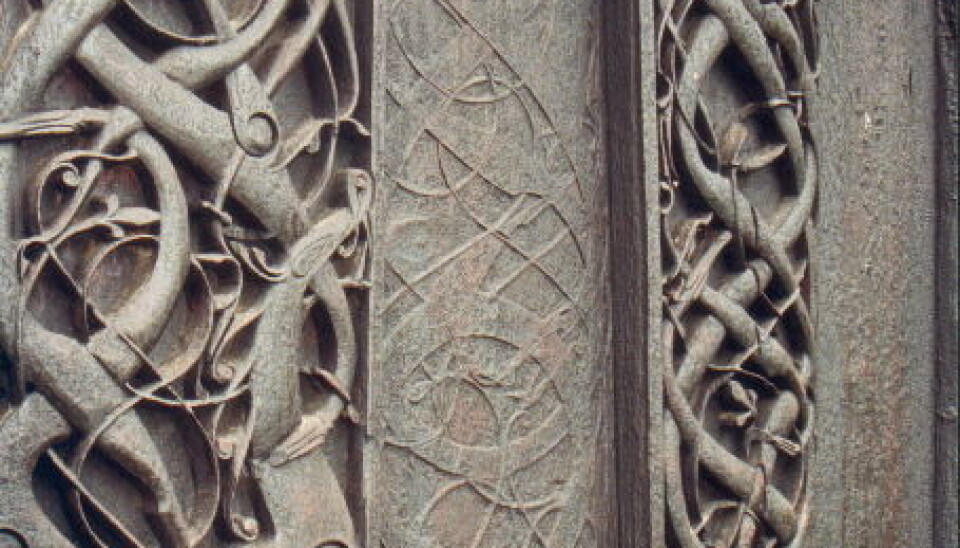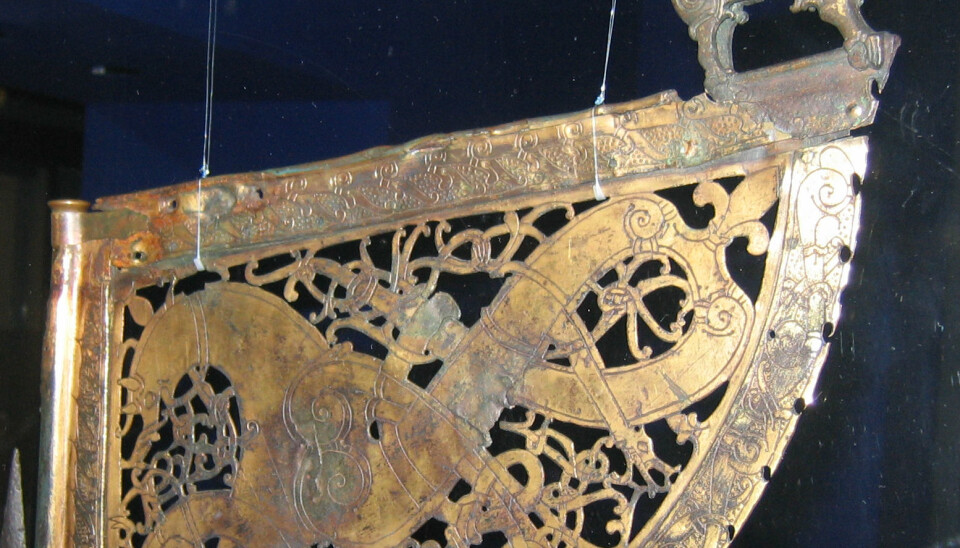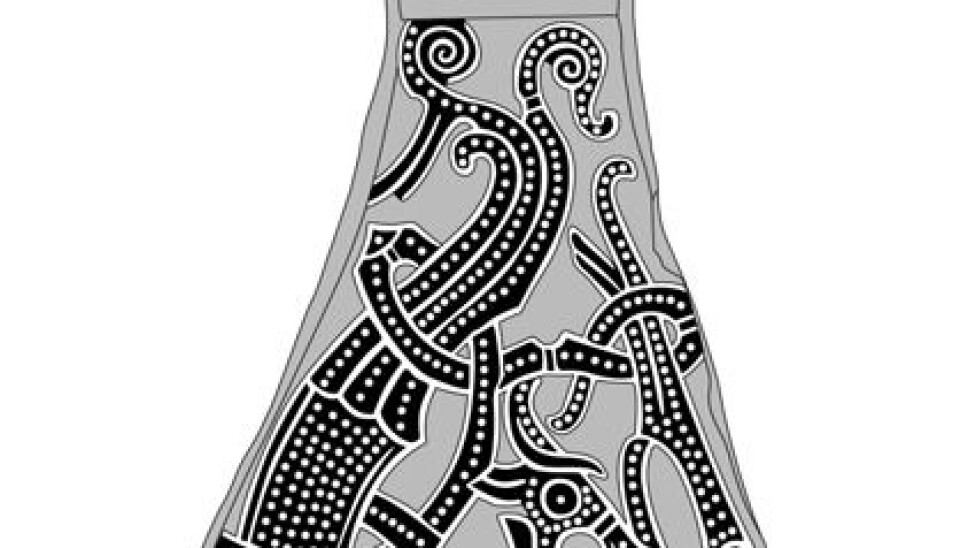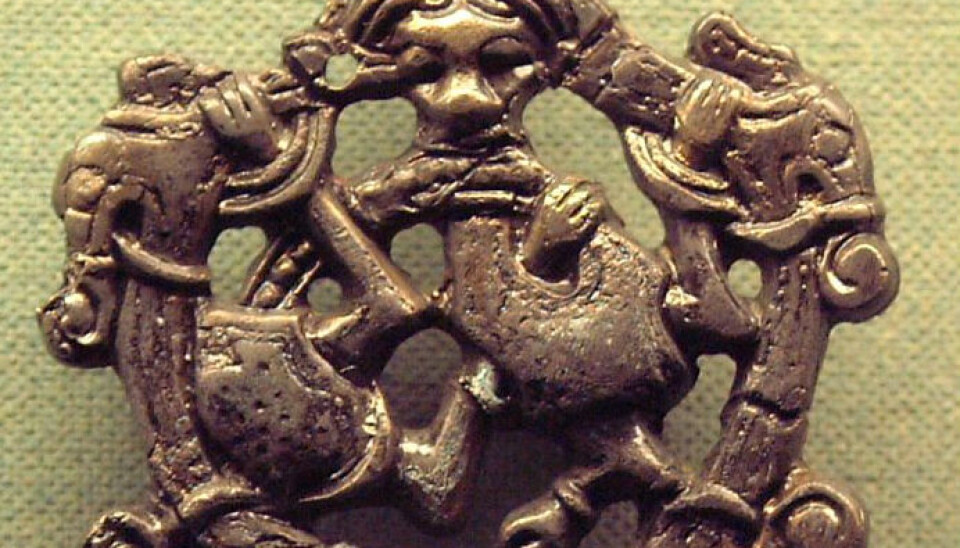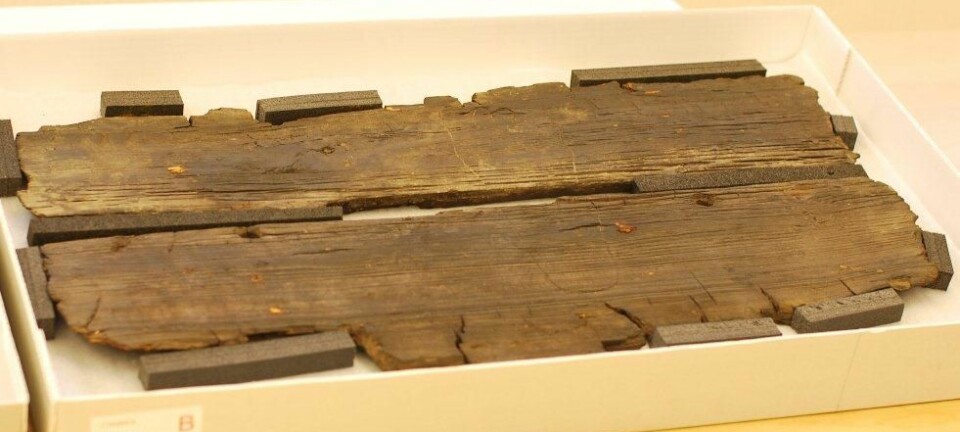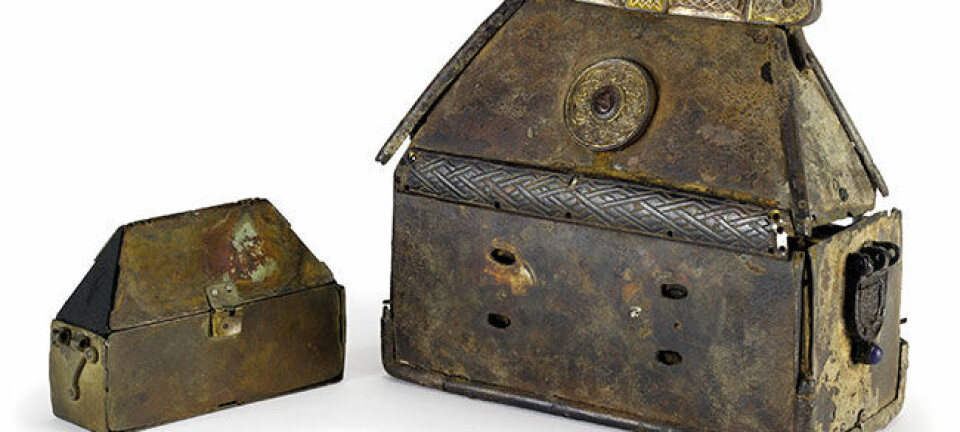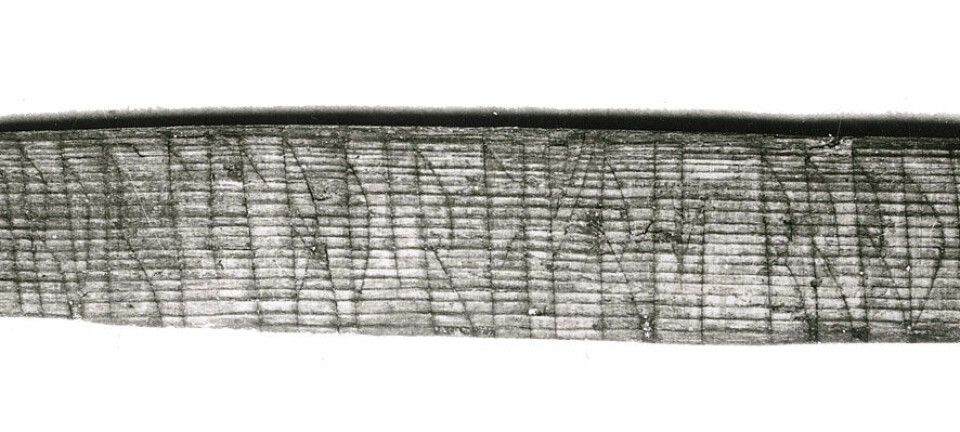Photo gallery: The six styles of Viking art
Vikings decorated their objects with patterns and motifs. Researchers have identified six different styles that formed the fashion in the Viking Age.
In this photo gallery, you can see pictures and brief descriptions of the six styles in Viking design that archaeologists have identified.
Source: Hanne Pedersen, senior researcher at the National Museum of Denmark.
